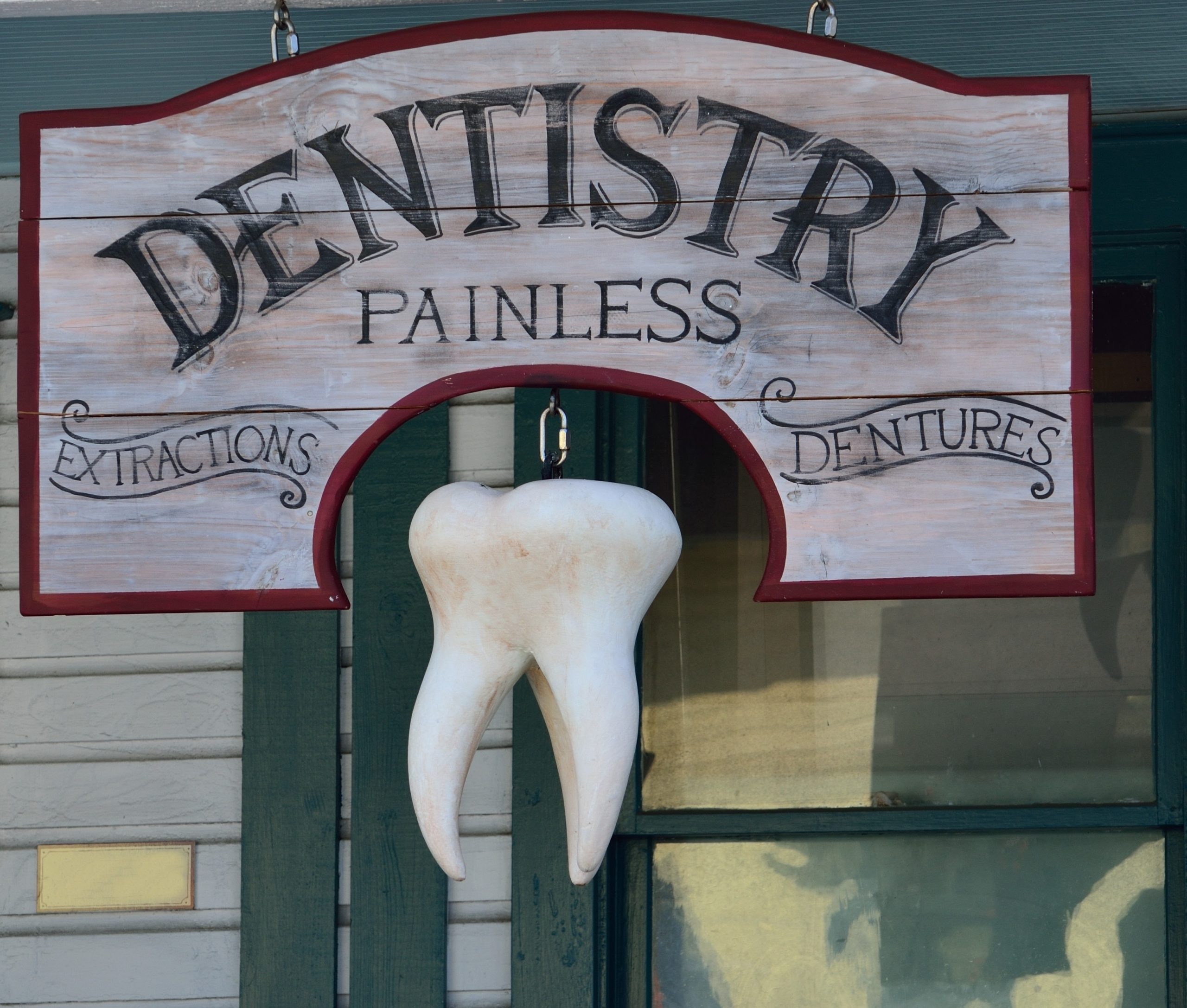Few people are fortunate to have teeth that are straight from birth. Fortunately, orthodontic treatment is available and may significantly improve your or your child’s quality of life. Braces for teeth are extremely frequent.
The most common method for anyone to straighten their teeth and realign their bites is braces. Every tooth is wrapped with braces, which act as an anchor for brackets and ultimately determine the new form your mouth should have.
Braces used to come in a single kind, but that is no longer the case. You have a few alternatives when beginning orthodontic treatment for yourself or your kid. Your orthodontist will assist you in assessing your circumstances and determining the kind of braces that work best for you.
Types of Dental Braces
The orthodontist will prescribe an appliance specifically for your requirements if braces are the best option. Bands, wires, and other fixed correction items may be included in the braces. There are benefits to each kind of braces but also some disadvantages.
Traditional Metal Braces
Metal is the typical material used for braces. They consist of flexible wires or archwires that hold the brackets together. Some braces include metal ties or rubber bands connecting the brackets to the wire.
These bands apply extra pressure, which aids in aligning and straightening your teeth. Your orthodontist may occasionally need you to wear headgear at night. It involves additional pressure to assist with tooth alignment.
Ceramic Braces
In comparison to the conventional approach, clear ceramic braces offer a far less obvious form of therapy. The brackets on the front teeth are composed of a transparent ceramic material that blends in with the tooth’s natural color; otherwise, they employ the same components as conventional braces.
This kind moves teeth into desirable positions exactly as conventional braces do. However, they can become discolored if not maintained adequately and are often more expensive than traditional braces. Visit a dental website like https://www.crossroadsdentalarts.com/ for more information.
Lingual Braces
The most sophisticated and uncommon orthodontic treatment is lingual braces placed below the teeth. This is because they call for a unique set of orthodontic abilities that few orthodontists invest the time to develop.
Additionally, they often take the wearer a little longer to get acclimated to and may make therapy last a little longer. But lingual braces can be the solution you’re seeking if you want the least noticeable sort of fixed device and if you qualify for this course of treatment.
Self-Ligating Braces
This kind uses a unique clip to secure the wire to the bracket so that there is less friction on the teeth and you see your orthodontist less frequently. Metal, ceramic, or transparent materials can be used to make the brackets for self-litigating braces. Self-ligating braces differ from metal or ceramic braces in that they do not require elastic rubber ties, instead using doors or clips. Go here to get additional details.
Invisalign
The most distinctive kind of braces are called Invisalign since they don’t use brackets and wires and instead employ a set of individually created translucent plastic aligners worn over the teeth. These aligners may be quickly taken out every two weeks throughout treatment and replaced with the subsequent one in the series.
Many patients find this brace is preferred since it is virtually unnoticeable and provides more flexibility. They can only be used to treat modest to severe dental issues in teens and adults due to their astronomical price tag. Look up “Cosmetic dentistry Owings Mills” for the best results.





